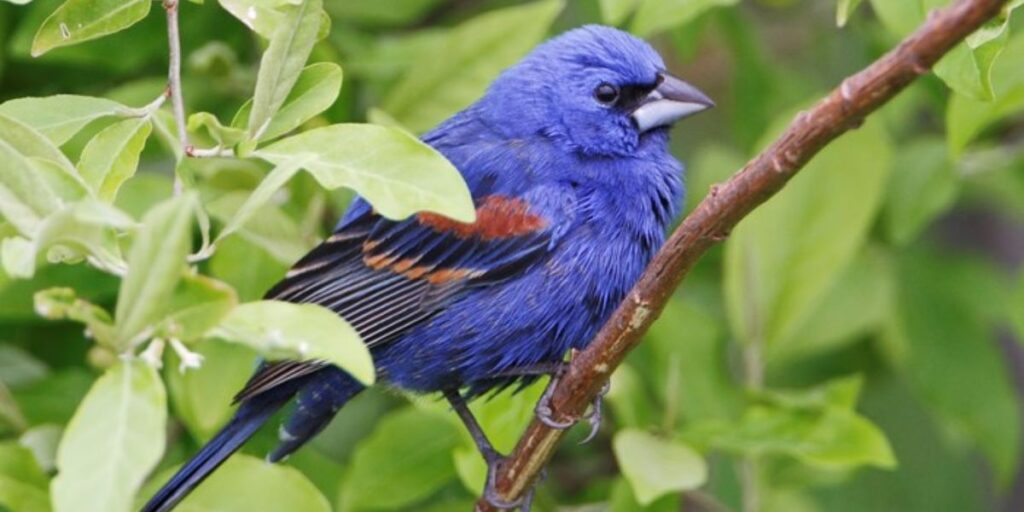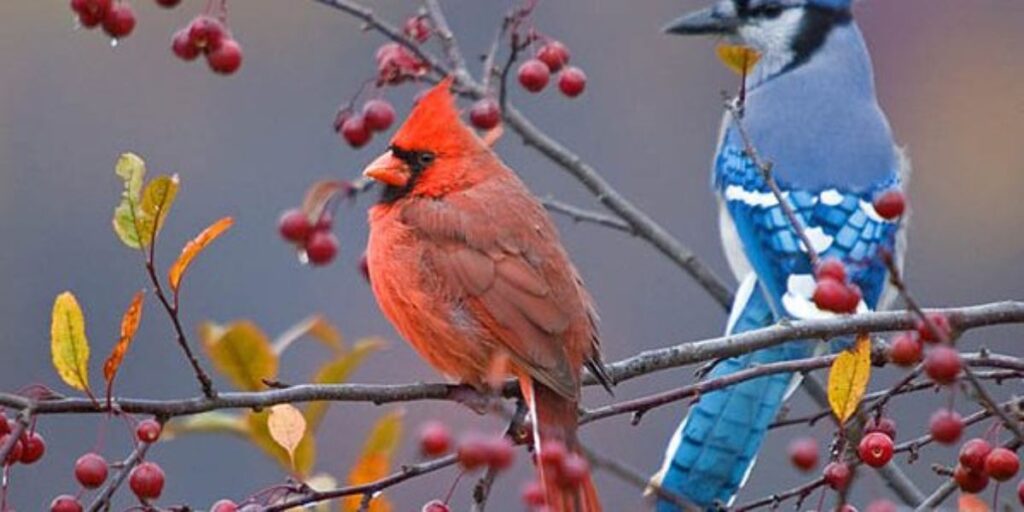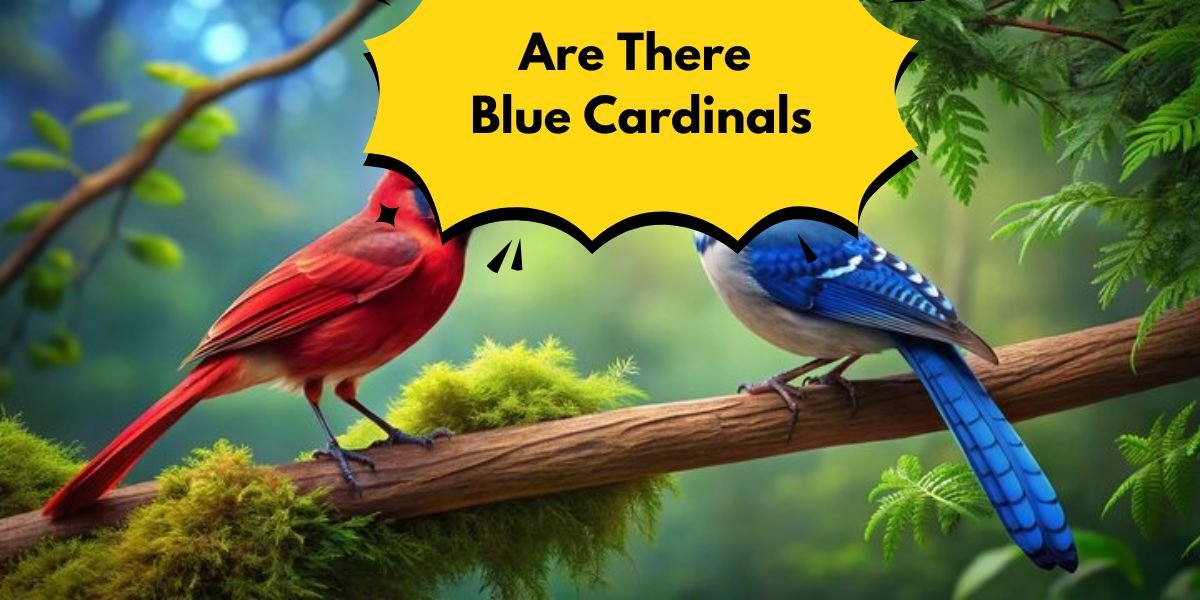Are There Blue Cardinals?
What if the vibrant red cardinal, a symbol of joy and vitality, had a blue counterpart flitting through our backyards? The mere thought sparks curiosity and wonder, leading many birdwatchers to ask: Are there blue cardinals?
The striking hue of the northern cardinal is deeply embedded in American culture—often representing hope and renewal—the idea of a blue version has captivated imaginations and sparked countless myths. Despite their bright plumage, these beloved birds are not without their mysteries.
In this exploration, we delve into the fascinating world of cardinals to uncover whether nature has indeed crafted a cerulean variant or if our dreams of seeing one are merely wishful thinking.
From genetics that can influence color variations to regional sightings that fuel speculation, join us as we sift through avian facts and folklore. Prepare to unravel not just the truth behind blue cardinals but also the deeper connection humans have with these charismatic creatures.
Indigo Bunting
Indigo buntings possess fascinating migratory behaviors. They travel vast distances between North and South America, navigating primarily by celestial cues at night—a skill not commonly found among many avian species.
These journeys are perilous; they play an essential role in the bunting’s life cycle and ecosystem interactions across varied habitats. The bunting’s melodic song adds another enriching layer to its identity, echoing through woodlands as males establish territories each spring, calling out not only for mates but also to assert their presence against competitors.
Blue Grosbeak
The Blue Grosbeak, often overshadowed by its more famous feathered counterparts, offers a vivid burst of color within its habitat. With males showcasing striking cobalt blue plumage and bold chestnut wing bars, they command attention as they flicker through open fields and brushy areas during the summer months.

Unlike the more commonly recognized blue jay, these birds possess a charmingly robust appearance along with a rich musical repertoire that adds depth to their natural surroundings. Observers will find their song both melodious and distinctive, often signaling the presence of a Blue Grosbeak alongside other songbirds.
Eastern Bluebird
Many bird enthusiasts often inquire about blue cardinals when discussing vibrant avian species like the Eastern Bluebird. blue cardinals do not exist in nature; they are typically confused with the brilliant hues displayed by various other bird species around North America.
A cardinal’s color palette leans heavily toward deep reds and browns—a sharp contrast to the enchanting blues of Eastern Bluebirds. As we embrace this iconic symbol of hope and renewal found throughout fields and gardens in eastern regions, let us consider protecting their habitats so future generations can revel in witnessing their beauty firsthand.
Steller’s Jay
The Steller’s Jay, with its striking blue and black plumage, often captures the eyes of birdwatchers and casual observers alike. But what sets this captivating bird apart from other crested jays is its remarkable intelligence and complex social behavior.

Known for their playful antics and vocal mimicry, Steller’s Jays are not just beautiful; they’re highly adaptable creatures that thrive in varied habitats ranging from coniferous forests to suburban areas. Their bold personality allows them to interact closely with humans, often stealing food from picnickers or nesting near busy trails.
Blue Jay (Cyanocitta cristata)
It’s essential to clarify that the vibrant hues of Blue Jays and cardinals stem from different pigments and structural features in their feathers. Cardinals wear rich crimson colors due to carotenoids, while the vivid blues of Blue Jays result from iridescence—a phenomenon created by microscopic structures within their feathers.

This distinction is fascinating as it highlights how evolutionary paths diverge even among similarly sized songbirds, each adapting unique strategies for survival and reproduction in diverse environments.
Scrub Jay
These birds are remarkably intelligent and social creatures known for their complex behaviors and clever problem-solving abilities. They live in tight-knit family groups, cooperatively caring for one another’s young and defending their territories against potential threats.
One of the most fascinating aspects of scrub jays is their impressive memory. They cache thousands of acorns each autumn, burying them strategically throughout their territory to serve as food sources during winter months. This incredible skill not only demonstrates their cognitive prowess but also plays a crucial role in forest ecology as forgotten caches contribute to oak tree propagation.
The adaptability of scrub jays to varying habitats—ranging from scrublands to urban areas—also showcases how they thrive amid environmental changes while offering a stark contrast to other less resilient species in similar settings.
Final Words
The vibrant blue color of cardinals remains a captivating aspect of their identity, it is essential to clarify that true blue cardinals do not exist within the species. The vivid hues we associate with these birds are attributed to the red northern cardinal and can be influenced by various factors such as lighting, plumage wear, or even dietary elements.
Variations in coloration may occur due to specific genetic mutations or environmental conditions, but these instances are rare. Birdwatchers and enthusiasts can appreciate the beauty of cardinals in their natural habitats without searching for an elusive blue counterpart.
To deepen your understanding of avian life and enrich your birdwatching experiences, consider exploring local birding events or joining community groups dedicated to studying and preserving native species.







